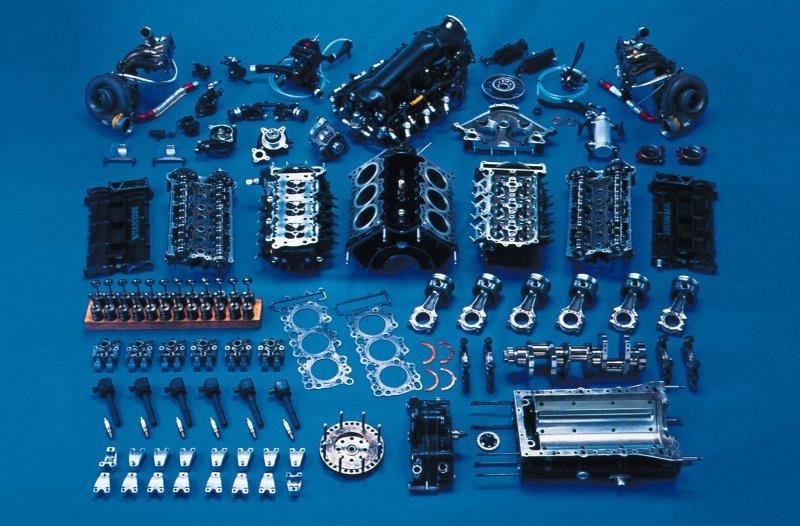frost wrote:A 4-1 will always produce more power than a 4-2-1, but at the expense of low end torque
thats old school thinking, its been proven many times on wheelsjamaica.com with dyno plots showing 4>1's dont loose low end, infact in a few different brands low end was better then 4>2>1 plots. im searching for the pages...
this was done on 20v blacktop application,
From the TODA website, regarding their 3SGE exhaust manifold:
For ultimate power the 4-1 type exhaust manifold design is the one to use. The problem is that power is only made from 4,500 rpm in the process removing drivability. TODA racing have designed a 4-2-1 system which restores drivability 15% more torque with only 1.5% loss of power.
fivebob wrote:Precisely, the F1 is entirely relevant to the subject at hand, namely is shorter or longer the correct way to go for high rpm. In fact I would go so far as to say it's more relevant than any street engine, which is always going to be a compromise between power and drivability

Okay for the record, I'm not disputing that 'shorter = higher RPM' theory.... Afterall, it was my comment saying exactly that, which sparked off this thread.

My point is, that if there's consistent IN REAL LIFE results which show that longer primaries make more power everywhere, (for a specific application, anyway) then IMO that's the way to go.
Theories give you a good idea of what will work IRL, but sometimes they arent comprehensive enough to deal with all of the variables in a real life scenario. I'd take real life results of over a theory any day of the week... I dont drive my car in theory, I drive it in reality. (Actually I drive it only in my imagination for the moment, but that's not the point.

)
Also, regarding the turbo situation. Here's what I'm meaning, this is a picture of the VH35DETT engine used in the Nissan R390 Lemans car, check out the exhaust manifolds leading to the turbos....

mister2 wrote:Not just packaging, cost. We've (new job) been doing some cost reduction work with a major Bavarian manufacturer on a new car, and you wouldn't believe what they would do to save $5.
Yeah it seems crazy, but then you think.... $5 over the course of 700,000 cars is a lot of money saved.




